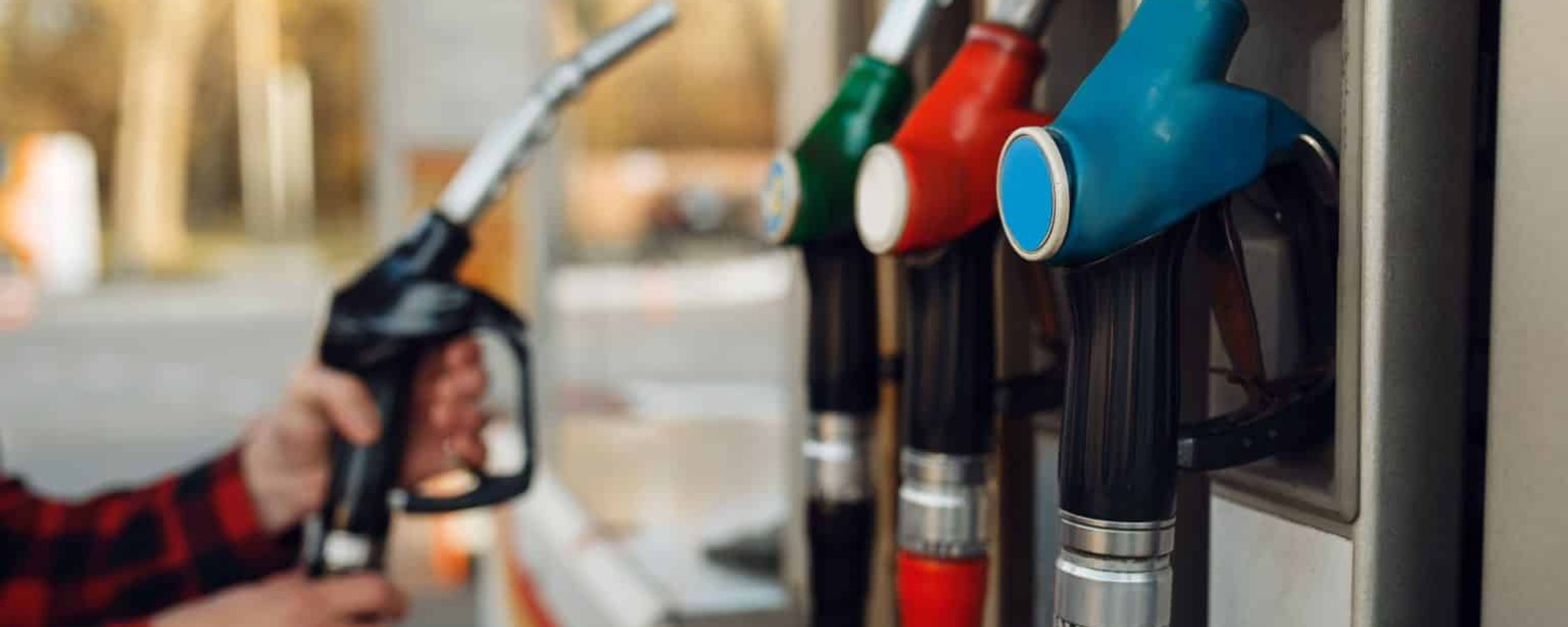In order to fully understand how fuel prices are formed at gas stations, it is necessary to understand its components. More than half, and according to some estimates up to 70% of the price per liter of fuel consists of taxes and fees directed to the state budget. Excise taxes on gasoline of the fifth class amount to 15,048 rubles per 1 ton from 01.01.2024 to 31.12.2024, and on diesel fuel 10,425 rubles per 1 ton, excise taxes increase annually by 4%, and it is important to consider value-added tax at 20%, mineral extraction tax, and oil extraction tax.
The remaining part of the cost includes expenses for raw materials (oil), processing, logistics, and other expenditures, which usually constitute between 15 to 20%. Additional costs (including production, logistics, etc.) make up around 10 to 15%. Thus, the profit of gas station owners is around 4-5%.
From the provided data, it can be assumed that fuel prices are mainly influenced by the government and largely depend on its current objectives. These objectives can be varied: creating a favorable climate for agriculture, additional fees to reduce the budget deficit, stabilization before elections, and so on.
Equally important is the dynamics of fuel production. According to the Ministry of Energy, there are 36 operating oil refineries in Russia, with an additional 8 under construction or reconstruction, and 42 in the design stage. The depth of processing at many operating plants is less than 80%. For example, at the Kirishinefteorgsintez refinery with a capacity of 20.1 million tons of oil, the processing depth is 64.8%, at the Ryazan oil refinery with a capacity of 17.1 million tons of oil - 74%, at the Yaroslavnefteorgsintez oil refinery with a capacity of 15.72 million tons of oil - 66%, and at the Tuapse oil refinery with a capacity of 9.03 million tons of oil - 65%. Thus, there is clearly a shortage of enterprises, and the efficiency of existing ones is far from ideal.
On the other hand, the energy efficiency of fuel consumers is also important. It should be increased through the implementation of modern technologies and equipment in sectors such as production, transportation, housing construction, etc. It is necessary to develop and implement national programs and legislative measures to stimulate the full utilization of mineral resources.
Looking at a more global level, consideration should be given to the development of non-traditional energy sources, although this will require investments. Improving the geopolitical situation and exchanging new production technologies between countries also influence demand and therefore prices.
However, this is expected in the more distant future. In the next six months, fuel prices will increase by 3%, and in the next 1-1.5 years, the gas station price is expected to reach 60+ rubles per liter. After that, the price will gradually approach the level of 65 rubles per liter, and then the growth will slow down.
Changes in global oil prices also affect the cost of gasoline, although this happens indirectly. If the oil price drops, it is unlikely that gas station prices will decrease as well. Even the collapse of oil prices to $20 per barrel during the pandemic did not lead to such a result. At the moment, there are no factors that could cause anything similar.

 Trading platform
Trading platform 
 Monitoring
Monitoring  Express applications
Express applications 
 Fork Work
Fork Work 
 Service
Service  News
News  Directory
Directory 
